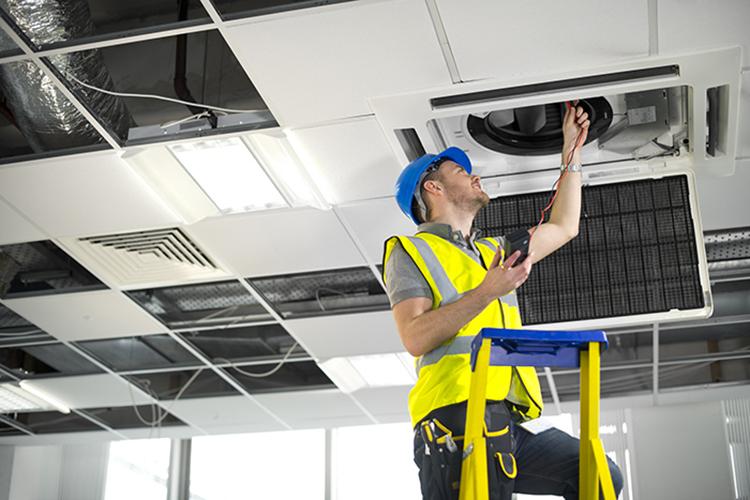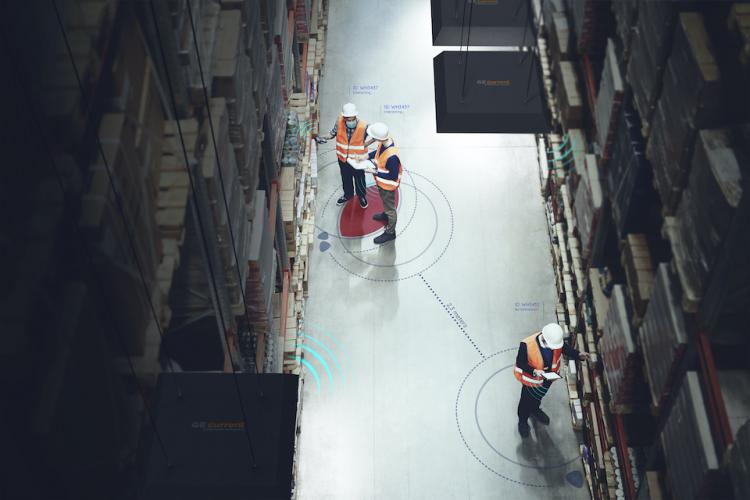Make Your Asset Maintenance Smarter with IoT Sensors
Make Your Asset Maintenance Smarter with IoT Sensors
Authored by James McDonald for iOFFICE
This post was originally published on the iOFFICE blog on Oct. 23, 2017. You can read the original post here.
Assets represent a large percentage of an organization’s budget, so it’s frustrating and costly when one malfunctions or fails.
Management teams want potential issues addressed and resolved long before they have the chance to do even the slightest bit of damage to the business’s operations. So, how can your facilities team look into the future to spot potential potholes before they become sinkholes?
Intelligent Asset Maintenance
Sensor technology enables intelligent asset maintenance, an approach to equipment upkeep based on the actual utilization of an asset. More proactive than calendar-based maintenance or maintenance based on the manufacturer’s recommended schedule, intelligent asset maintenance employs predictive measures to reduce the risk of unexpected asset failure.
IoT sensors give workplace leaders the extra set of eyes and ears they always wish they had. Wireless sensors can automatically detect problems with a failing asset, such as abnormal noise levels, increased temperatures or excessive vibrations. Without sensor technology, the facilities team may not be aware of these issues and won’t know an asset isn’t performing properly until it fails.
The IoT sensor data helps workplace leaders establish baselines determined by an individual asset’s vibration or amperage. This information allows workplace leaders to identify patterns in the equipment performance and develop a custom maintenance schedule based on the company’s own data, rather than manufacturer recommendations.
Plus, when connected to an integrated workplace management system (IWMS), wireless sensors can automatically create service tickets if the sensor identifies an asset producing noise, temperature or vibration levels outside the predetermined threshold—thus streamlining processes and ensuring your assets get the maintenance attention they need to keep thriving.
Increase Cost-Effectiveness and Efficiency
But IoT sensors and intelligent asset maintenance don’t just prevent headaches and keep your facility running smoothly—they also help boost cost-effectiveness and efficiency.
Although workplace technology has helped service technicians complete work orders more quickly than in the past, the amount of time, energy and funds required to repair a broken asset is almost certainly more than what is needed to service an asset that is about to break down, but hasn’t yet. Because service techs know the IWMS will alert them when an asset is in need of maintenance, they can spend less time manually checking equipment to ensure it is working properly and more time on other mission-critical tasks.
Develop a Personalized Maintenance Plan
A calendar-based schedule or the manufacturer’s recommended maintenance schedule may not be accurate for your business—causing the facilities team to waste time and money inspecting and servicing equipment that doesn’t actually need it.
Think about it this way: A quick Google search shows that windshield wiper blades should be replaced every six to 12 months. But this recommendation represents only an average. If you live in more extreme climates, your wiper blades might need to be replaced monthly. Or, if you live in more moderate climes or don’t drive often, the same wipers could last more than a year.
Now, apply this logic to facilities maintenance. For example, companies in colder climates with smaller square-footage facilities may not need to replace components in their AC units as frequently as the manufacturer suggests. On the other hand, businesses in warmer climates with large square-footage facilities may need to service AC units even more frequently than the manufacturer's recommendation.
Intelligent asset maintenance allows the facilities team to do what is best for their enterprise—instead of relying on calendar dates or manufacturer recommendations. Why waste time and money servicing equipment that doesn’t need it simply because of what it says in a manual?
But wireless sensors aren’t solely for use with industrial equipment, such as HVAC units or water heaters. They also can be used for smaller assets, like printers — providing alerts when the paper jams or toner runs low. Replacing a printer cartridge or ream of paper may seem inconsequential in the grand scheme of an organization’s operations, but a malfunctioning printer can disrupt workflow and cause frustrations for employees.
The potential applications of IoT sensors increase every day, and many companies already are using them to measure occupancy and improve energy conservation. Using IoT sensors for better asset maintenance is just the next logical step to running a successful and efficient business. So, what are you waiting for?
At Current, we believe that upgrading your office to an intelligent environment empowers employees to be more productive while enabling business leaders to make better decisions. Implementing the IoT into a commercial office ushers in a new era of productivity, efficiency and employee engagement.
Learn how our customers are building a better workplace with sensor technology.







